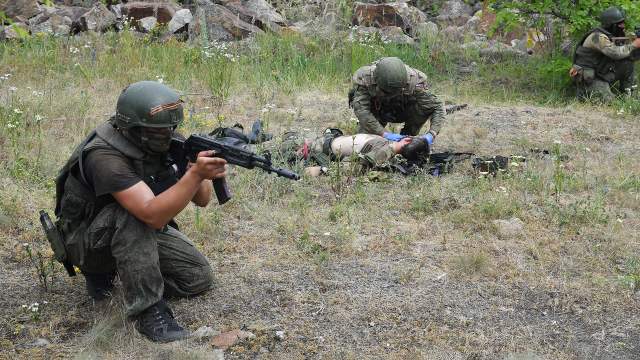The development is based on special personal devices
Russia has created a search engine to detect wounded soldiers on the battlefield — it is based on special beacons. The new technology works secretly from the enemy, and at the moments of shelling allows you to search for injured fighters from drones. For details on how the system created by specialists from Novosibirsk works, as well as what are the prospects for its application in the military and civilian spheres, read the Izvestia material.
Search novelty
As the press service of the Platform of the National Technology Initiative (NTI) told Izvestia, a comprehensive search engine that will allow you to find wounded servicemen on the battlefield was created by a team of developers from Novosibirsk. The project was presented as part of the accelerator of the project-educational intensive "Archipelago 2023".
— We have developed a variant of the sanitary search system, - says the project leader, the founder of the company SurruS Andrey Zhukov. — How to find a wounded soldier, and even more so under fire? Our system allows you to place a beacon on a soldier, find a wounded person using an unmanned aerial vehicle (UAV) and save his life.
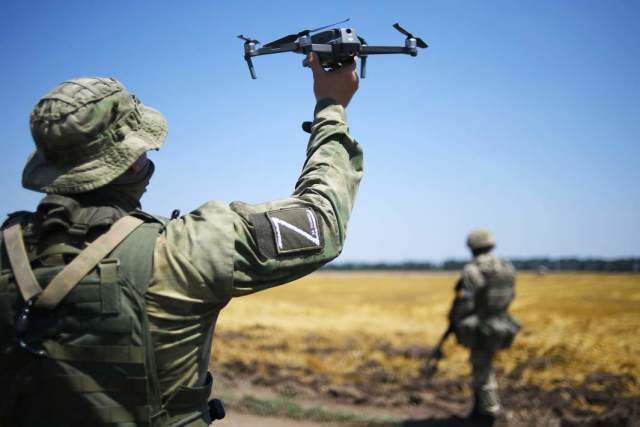
Photo: RIA Novosti/Alexey Maishev
Image source: iz.ru
According to the developers, the tactical system will reduce the search time for the wounded. At the same time, the operation of the system will be hidden from the enemy's observation, since the beacon hears only the request of the search device on the internal radio channel and briefly responds to it. The search for a soldier by the beacon itself is carried out by a special search device with a directional antenna, and if there is a shelling, then the search can be carried out using a UAV.
In the second case, two devices of 16 and 10 g are attached to the drone . One of them is a repeater of the search device, and the other is a beacon for the aircraft itself in case operators lose it. This development of specialists from Novosibirsk can be used not only in the military, but also in the civilian sphere.
Civil application
In everyday life, beacons created by Novosibirsk specialists can be used to search for missing drones. To do this, a device weighing 10 g and measuring 0.5 x 2 x 3 cm is attached to the drone. The technology allows you to search for the missing device both with the help of a special device and another UAV.
— The main advantage in such a search is the ability to catch a signal where there is no coverage of cellular and satellite communications, since it is transmitted via an internal radio channel, — the press service of the NTI Platform told Izvestia. — At the moment, tests have already been carried out in the forest, and in the near future it is also planned to test the system at the landfill.
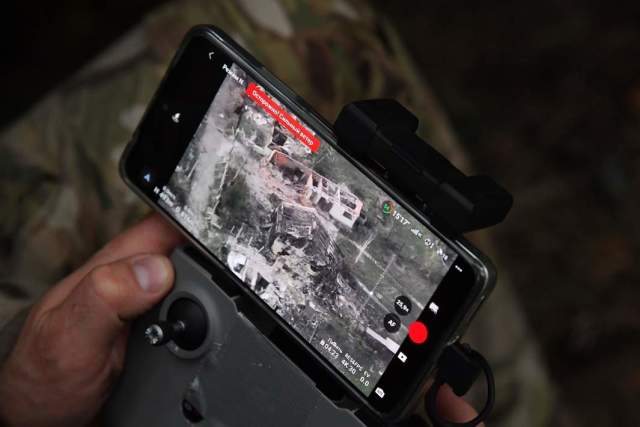
Photo: RIA Novosti/Viktor Antonyuk
Image source: iz.ru
The press service noted that the new sanitary search system was created on the basis of an already working product of the company SurruS - a car theft protection system. As part of it, two beacons are also attached to the car, one of which leaves a trace when moving. The signal is transmitted from the beacon to the installed towers using electronic warfare (EW) technology, so that professional hijackers cannot drown out the operation of the system. The towers themselves are a stationary or mobile box that can be mounted on almost any territory. It catches the signal from the beacon on the car on the principle of "touch" in a zone up to 5 km.
— This will allow you to surround a big city, see where the stolen car is being transported, and find it in a short time using the second beacon — from several hours to a day, — concluded the press service of the NTI Platform.
World experience
Meanwhile, the idea of search sensors for the military is relevant not only in Russia. In 2019, it became known that American soldiers from four combat brigades will be equipped with WarLoc sensors. These trackers are integrated into the personnel management system, so that the commander receives complete information about the location of his subordinates in real time.
For the American army, they chose the option of a sensor attached to the heel of a shoe; another version provides for a lace-up fastening. The approved version includes inertial and GPS modules for determining the coordinates, speed and direction of movement of the soldier. Two modules allow you to receive information in situations where the enemy uses electronic warfare or when fighting is taking place indoors, as well as underground.
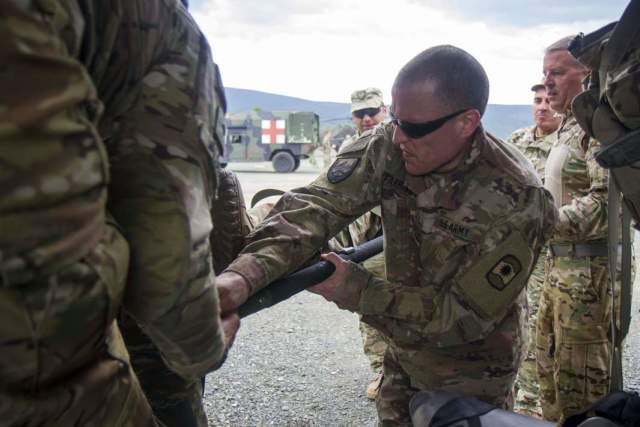
Photo: flickr.com
Image source: iz.ru
The American media estimated the contract for the supply of WarLoc trackers at $16.5 million. At the same time, journalists noted that in the future, all servicemen of the American army will receive such sensors.
— Today, certain research and development is underway in the USA in the field of beacons for detecting the wounded, — says Vladimir Krivov, IT specialist and head of Rostsite, in an interview with Izvestia. — This suggests that the relevance and importance of such technologies are recognized internationally.
Digital perspectives
According to Vladimir Krivov, the sanitary search system created in Novosibirsk has a number of potential advantages. In theory, it allows you to reduce the search time for wounded soldiers in conditions of extreme danger and unpredictability of hostilities. This can not only save the lives of soldiers, but also optimize the work of military medical services, reducing risks.
At the same time, according to the expert, the beacon system has great potential for use not only on the battlefield, but also in other areas associated with increased risk. In turn, a conflictologist and coordinator of the Peace discussion club & War communication for security (Peace&War CS) Egor Dibrov points out that a modified version of the sanitary search system may be relevant in hard-to-reach regions of the country.
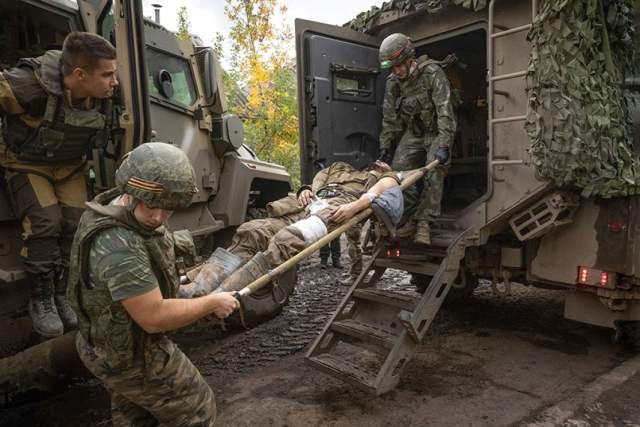
Photo: TASS/Stanislav Krasilnikov
Image source: iz.ru
— Different industries may be interested in using this technology, — says the expert. — This is especially true for the mining industry, where beacons can increase the safety of miners.
Also, according to Dibrov, this technology can be used in tourism, when climbing mountains. Tourists often get lost in mountainous terrain, and rescuers spend considerable time and effort searching for them. However, if tourists are provided with search beacons in advance, in case of an emergency they can be quickly detected.
The reverse side
Despite all the advantages of the technology from developers from Novosibirsk, experts still see certain potential vulnerabilities in it.
Vladimir Krivov notes: the developers say that the radio channel used by the beacons is invisible to the enemy. This is a big plus in combat conditions. However, the technology may have potential risks: the expert considers the possibility of hacking and unauthorized use of the system both by the enemy on the battlefield and by intruders in the civilian sphere.
— It is impossible to exclude a scenario in which a search device for detecting beacons will be in the hands of the enemy, — notes Egor Dibrov. — Then he will be able to quickly detect the wounded soldiers himself, which is fraught with extremely negative consequences for them.
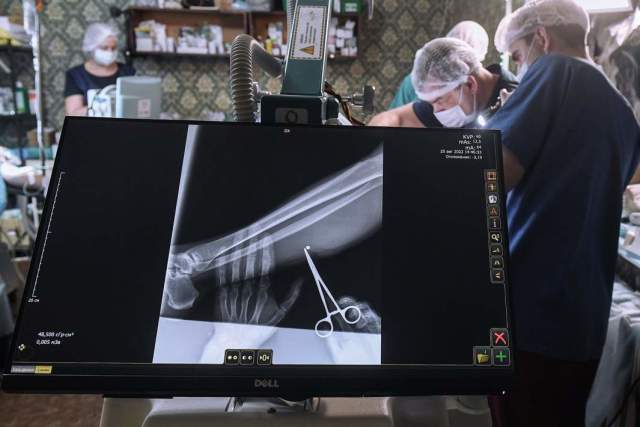
Photo: RIA Novosti/Konstantin Mikhalchevsky
Image source: iz.ru
The interlocutor of Izvestia believes that in such a case it is necessary to provide for the possibility of remote deactivation of both the beacons themselves and the devices for their search. In addition, according to Dibrov, developers should consider installing additional levels of protection on search devices. Thanks to them, only a person who has the necessary information for access will be able to use the device.
The specialist notes: in the world of modern information technology, nothing is impossible and you can hack almost any device. And in the case of a sanitary search engine, people's lives may be at stake, so developers of new products should turn to the experience of IT giants in terms of creating similar technologies to minimize risks.
— In the history of search beacons, as with any innovation, there are issues of security and protection from third parties that require additional study, — concludes the interlocutor of Izvestia. — And time will tell how effective the new sanitary search system will be in practice.
Dmitry Bulgakov
